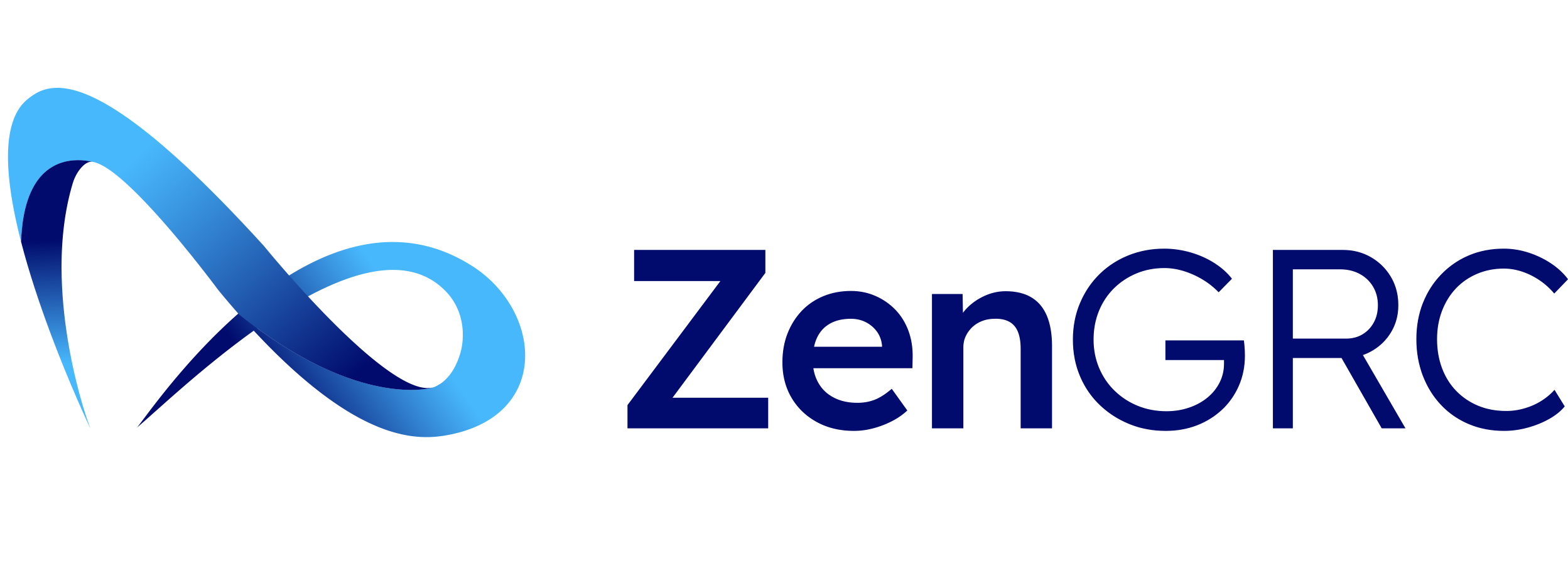With so many threats facing modern companies, knowing which threats to address first can be challenging. Risk quantification is a technique that assigns a numerical value to threats, so you... Read More
Blog
How to Conduct a Vulnerability Assessment
Repairing a weakness in your IT environment is always easier than dealing with the consequences of that weakness — like, say, a massive data breach — sometime later. This means... Read More
Rob Ellis Named Acting Chief Executive Officer of RiskOptics
Ellis to drive continued growth and customer success for GRC and cyber risk software leader San Francisco, CA – August 24, 2023 – RiskOptics (formerly Reciprocity), a leader in governance,... Read More
Cyber Insurance 101: 5 Things Senior Management Needs to Know
With ransomware attacks and malware attacks on the rise, cyberinsurance is more than a buzzword. Before purchasing, you need to know a few things.
Read MoreNIST CSF Categories and Cybersecurity Framework Tiers (Updated 2023)
One of the most useful and versatile frameworks to help organizations manage cybersecurity risk is the Cybersecurity Framework (CSF) from the National Institute of Standards and Technology (NIST). The CSF... Read More
